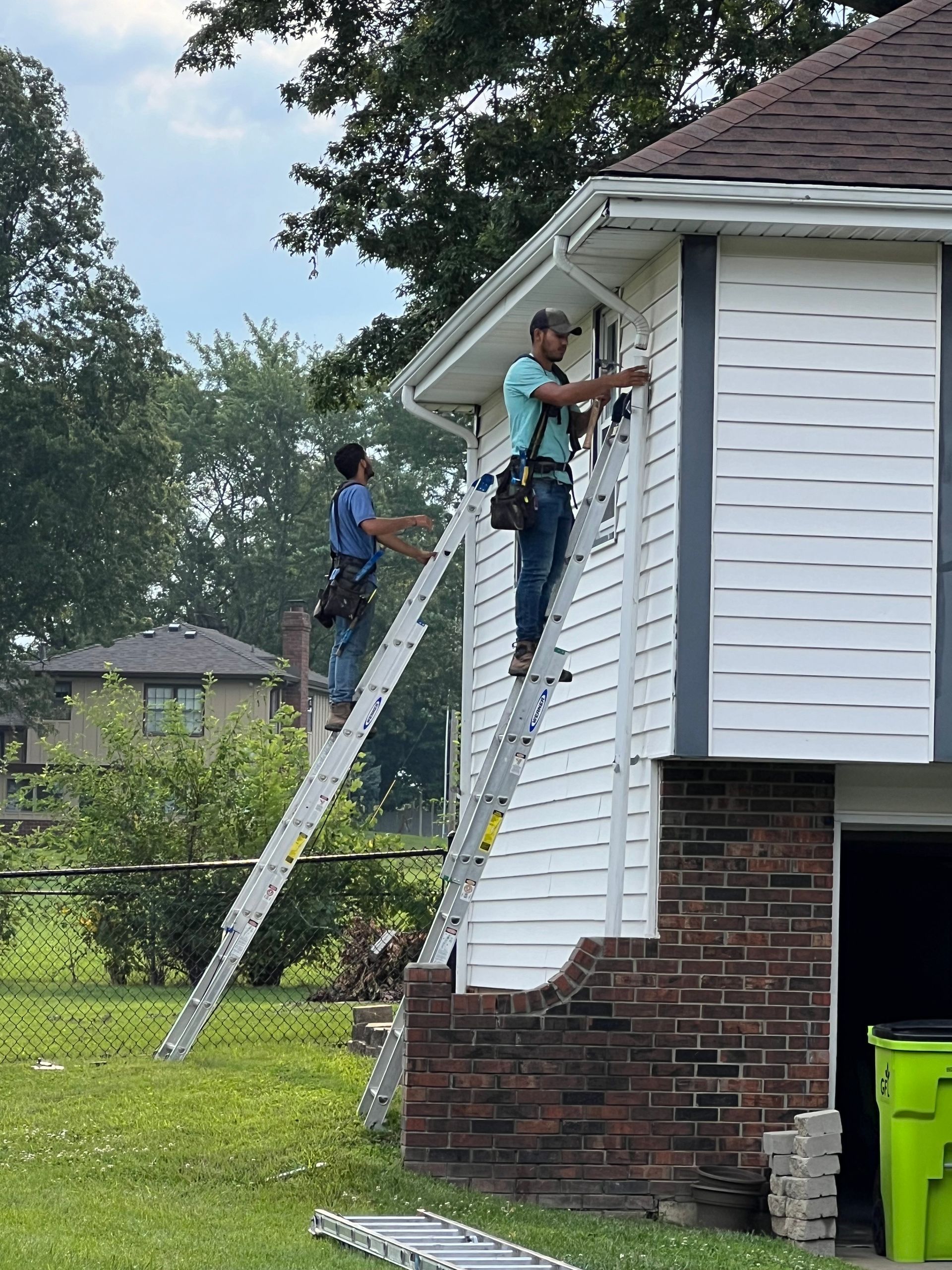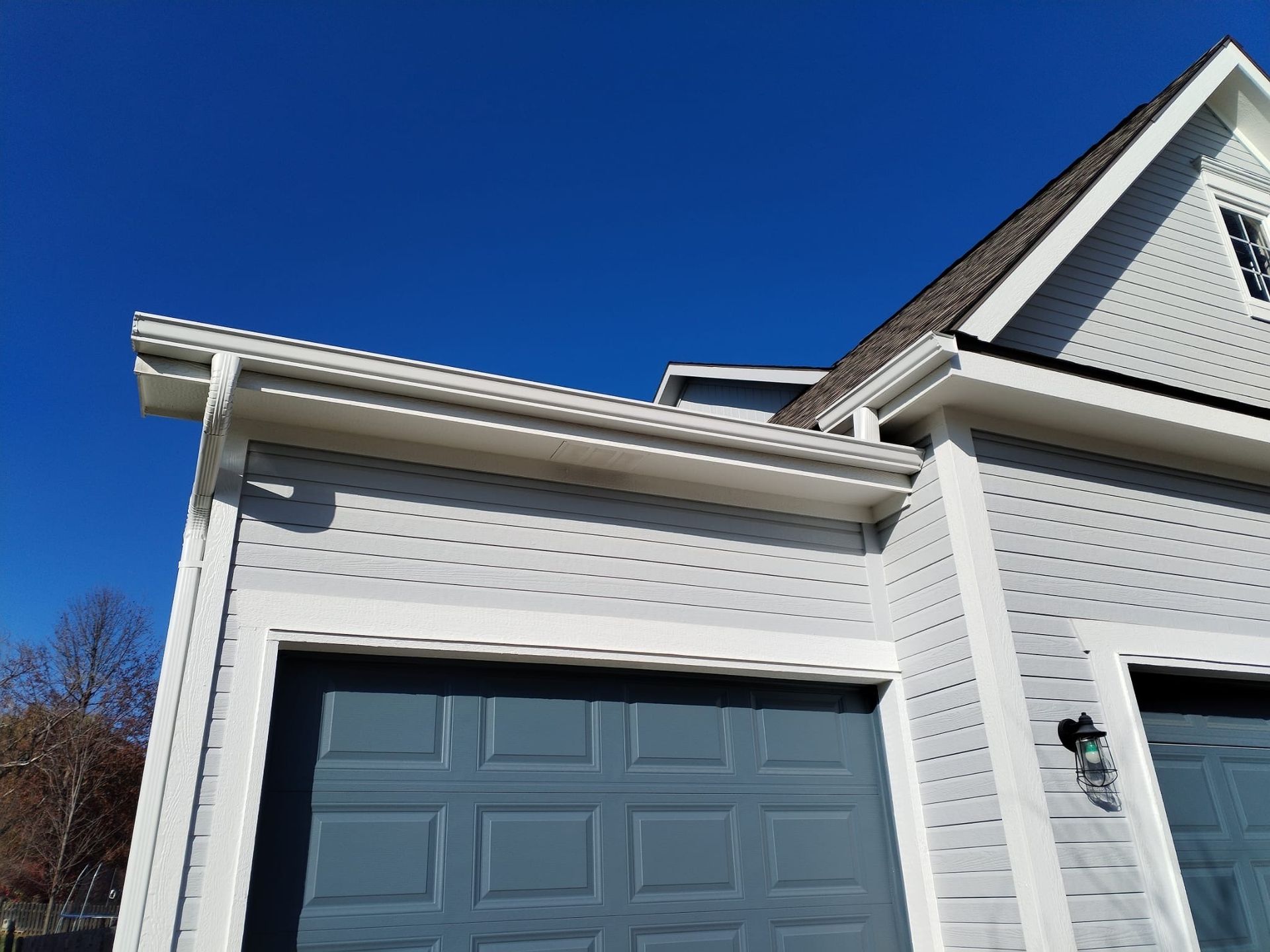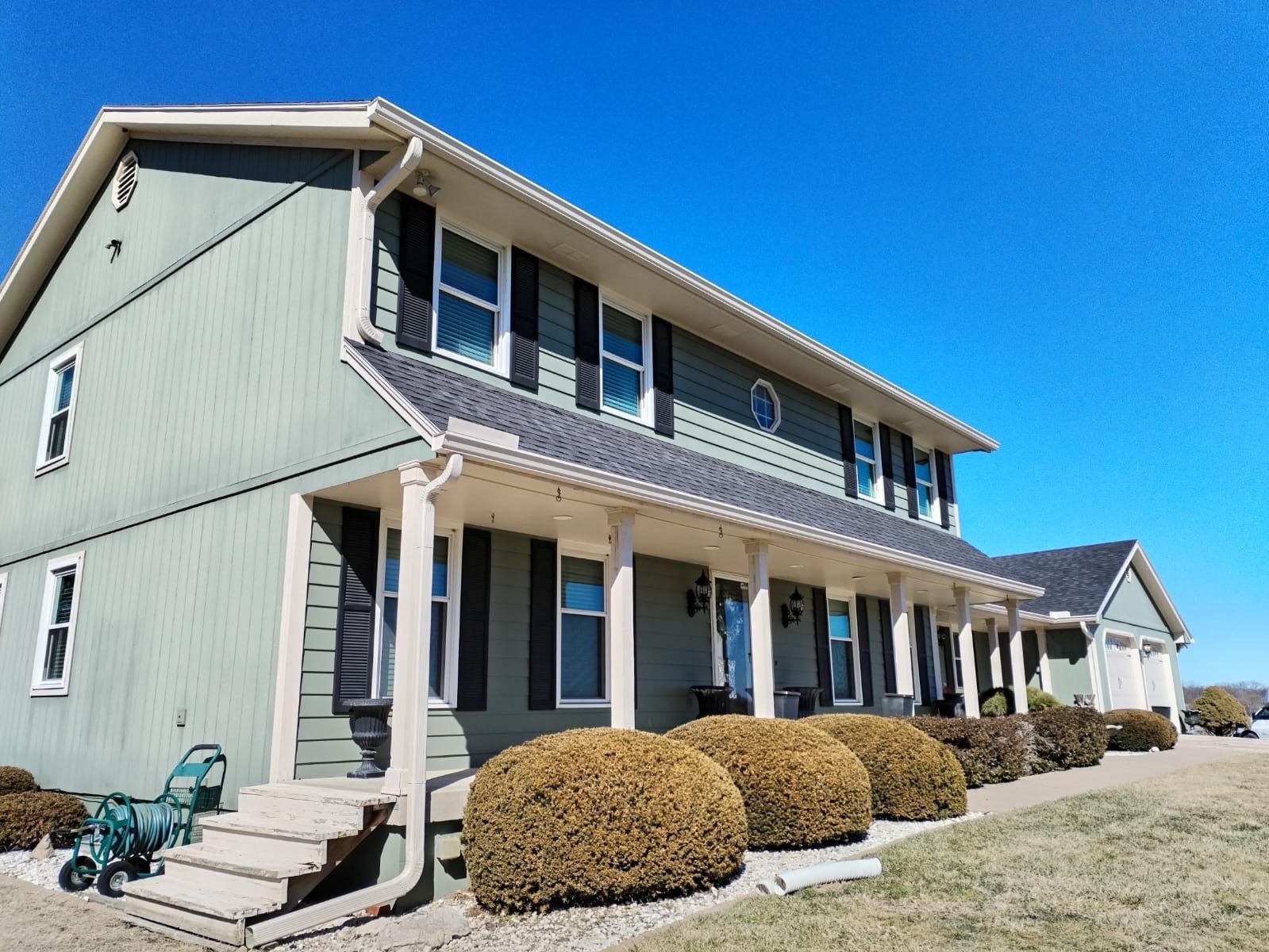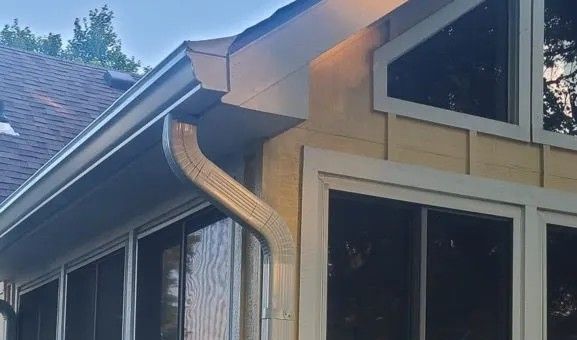Gutters Drip Edge Installation: A Professional Guide to Protecting Your Home's Foundation

Protecting your home from water damage starts with proper gutter and drip edge installation. The combination of these two essential components creates an effective water management system that safeguards your roof, walls, and foundation. A correctly installed drip edge directs rainwater into your gutters while preventing moisture from seeping under your shingles and damaging your roof structure.
Professional gutter installation with drip edge can prevent costly repairs and extend the life of your roofing system. The metal strip along your roof's edge works in harmony with your gutters to channel water away from vulnerable areas like the fascia board and soffit. This setup is particularly important during heavy rainfall and winter months when ice dams can form.
Installing gutters with drip edge requires attention to detail and precise measurements. The drip edge must extend slightly over the fascia board and align perfectly with the gutters to ensure optimal water flow. Quality materials like aluminum or galvanized steel provide durability and long-term performance for this critical roofing component.
Key Takeaways
- Proper drip edge installation prevents water damage and extends roof life
- High-quality materials and precise measurements ensure optimal performance
- Regular maintenance keeps the gutter system functioning effectively
Understanding Drip Edge for Gutters
A drip edge forms a crucial barrier between your roof and fascia board, directing water safely into your gutters while protecting your home from moisture damage.
What Is a Drip Edge?
A drip edge is an L-shaped metal flashing that extends from under the first row of shingles and hangs over the gutter. The piece measures about 2-3 inches in both directions, with one side sliding under the shingles and the other creating a downward slope.
The metal strip creates a crisp edge that forces water to drip straight into the gutter rather than seeping behind it or clinging to the fascia board.
Professional roofers install drip edges at three key locations:
- Eaves (horizontal roof edges)
- Rakes (sloped roof edges)
- Gable ends
Role of Drip Edge in the Roofing System
Drip edges prevent water from damaging your home's structure in several ways. They stop moisture from creeping under shingles and rotting the roof deck.
The metal flashing shields your fascia boards from water damage and decay that could compromise your entire gutter system.
A properly installed drip edge also:
- Blocks pests from entering roof spaces
- Supports shingle edges
- Reduces the risk of ice dams
- Protects against wind-driven rain
Common Drip Edge Materials
Galvanized Steel
- Most popular choice
- Rust-resistant coating
- 15-20 year lifespan
Aluminum
- Lightweight and corrosion-resistant
- Easy to bend and shape
- Ideal for coastal areas
Copper
- Premium material choice
- Extremely durable
- Develops attractive patina over time
The material thickness typically ranges from 0.019 to 0.024 inches, with regional building codes often specifying minimum requirements.
Why Proper Drip Edge Installation Matters
A correctly installed drip edge creates a critical barrier between water and your home's structural components. This metal flashing directs rainwater away from vulnerable areas and into your gutters, serving as a first line of defense against moisture-related issues.
Preventing Water Damage
Water that seeps behind gutters or underneath roofing materials can cause extensive structural damage. A properly installed drip edge prevents water from traveling up and under shingles through capillary action.
The drip edge's design includes a slight outward bend that forces water to drop directly into the gutters rather than clinging to the fascia board.
Regular inspection of your drip edge ensures it maintains its effectiveness. Look for gaps, rust spots, or areas where the drip edge has pulled away from the roof.
Protecting Fascia Boards and Roof Decking
Fascia boards and roof decking are particularly vulnerable to moisture damage without proper drip edge protection. The drip edge creates a protective shield that keeps these wooden components dry.
When water consistently contacts unprotected fascia boards, it leads to rot, mold growth, and eventual replacement needs. Signs of compromised protection include:
- Peeling paint on fascia boards
- Visible water stains
- Softening or crumbling wood
- Mold or mildew growth
Impact on Roof Longevity
A quality drip edge installation significantly extends roof life by preventing moisture infiltration at the roof's most vulnerable points. The metal flashing shields the roof deck's edge from water exposure.
Without proper drip edge protection, roof shingles can begin to curl and deteriorate prematurely. The underlying decking becomes susceptible to water damage and rot.
Professional installation ensures proper overlap with shingles and correct positioning over gutters. The typical lifespan of a well-installed drip edge matches that of the roof itself, making it a crucial component of your roofing system.
Step-by-Step Guide to Gutters Drip Edge Installation
Proper drip edge installation creates a watertight barrier between your roof and gutters, preventing water damage to your fascia boards and foundation. Metal flashing directs water flow effectively while protecting vulnerable roof edges.
Preparation and Tools Needed
You'll need a tape measure, tin snips, hammer, pry bar, and roofing nails. Gather safety equipment including work gloves, safety glasses, and sturdy footwear.
Choose aluminum or galvanized steel drip edge that matches your roof color and gutter system. The metal flashing should extend at least 2 inches onto the roof deck.
Required materials:
- Drip edge flashing (enough to cover all eaves and rakes)
- 1¼-inch roofing nails
- Roofing adhesive
- Gutter brackets and fasteners
Installing Drip Edge with Gutter Systems
Start at the eaves, working from left to right. Position the drip edge so it hangs over the gutter by ½ inch.
Overlap pieces by 2 inches in the direction of water flow. Cut angles at corners using tin snips at a 45-degree angle.
Place gutter brackets at 24-inch intervals. Ensure the drip edge sits properly above the back edge of the gutter to direct water flow effectively.
Securing with Roofing Nails and Screws
Place roofing nails every 4 inches along the drip edge. Drive nails straight and flush - not at an angle.
Secure the top edge first, then work your way down. Don't overdrive the nails, as this can create dimples in the metal flashing.
For extra protection in high-wind areas, apply a bead of roofing adhesive under the drip edge before nailing.
Tips for Neat and Water-Tight Results
Check alignment regularly using a level. The drip edge should maintain a consistent slope toward the gutters.
Seal any gaps at joints with roofing adhesive. Clean the metal surface before applying sealant.
Test water flow by spraying with a garden hose. Look for proper drainage and any signs of leaks or overflow points.
Small adjustments to gutter placement may be needed to achieve optimal water flow from the drip edge into the gutter system.
Troubleshooting and Maintenance Best Practices
Regular inspections and proper maintenance keep your gutter and drip edge system functioning at peak performance, protecting your home from water damage and extending the life of your roofing components.
Identifying and Fixing Common Installation Errors
A misaligned drip edge can cause water to seep behind the fascia board, leading to rot and structural damage. Check that the drip edge extends at least 2-3 inches past the roof deck and maintains a 30-45 degree angle.
Common Signs of Poor Installation:
- Visible gaps between drip edge and fascia
- Water stains on exterior walls
- Rust or corrosion around fasteners
- Sagging gutters
To fix alignment issues, remove affected sections and reinstall with proper overlap. Replace any corroded fasteners with stainless steel alternatives rated for exterior use.
When to Replace Drip Edge or Gutters
Metal drip edges typically last 15-20 years, while gutters can serve 20-25 years with proper maintenance.
Signs Replacement is Needed:
- Visible rust or deterioration
- Separation from roof decking
- Bent or damaged sections
- Multiple leaks or repairs
Inspect your system after severe storms for damage. Replace sections showing signs of wear before they compromise the entire roofing system.
Maintaining the Roofing System for Longevity
Clean gutters twice yearly - more often if you have overhanging trees. Remove debris and check for proper water flow.
Essential Maintenance Tasks:
- Clear blockages from downspouts
- Tighten loose fasteners
- Check seals around joints
- Clean accumulated debris from drip edge
Test water flow by running a garden hose along the roof edge. Look for proper drainage and areas where water might pool or overflow.
Apply rust-resistant coating to metal components showing early signs of corrosion. This simple step can add years to your system's lifespan.
You might also like



